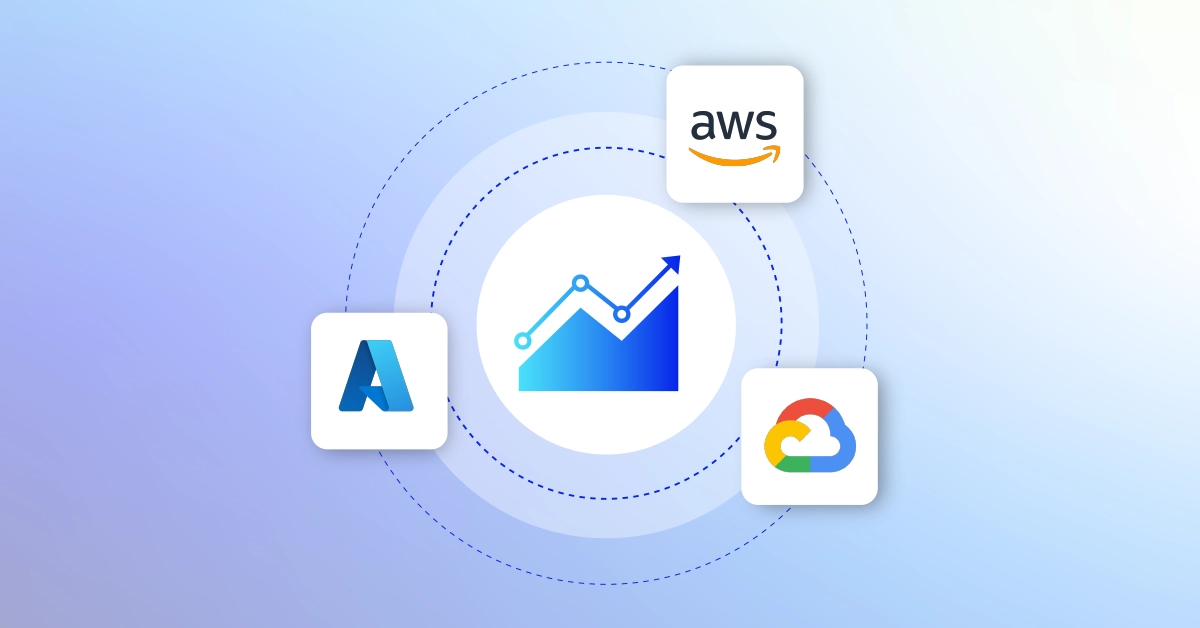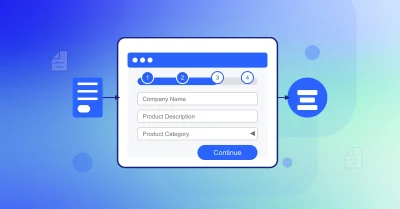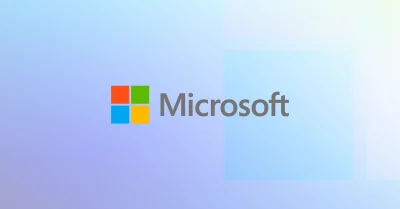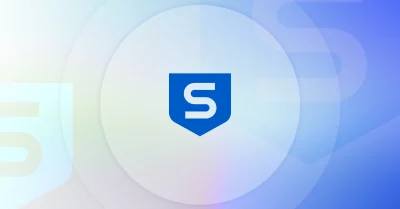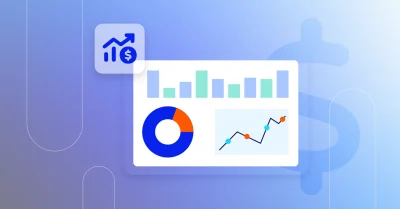Hyperscaler cloud marketplaces are reshaping the way independent software vendors (ISVs) bring their solutions to market. They provide a platform facilitating access to a variety of services and applications, enabling businesses to use resources on demand and pay as they go. As businesses increasingly pivot towards cloud services, hyperscalers have the infrastructure and functionalities to meet demand.
By utilizing industry giants like Amazon Web Services (AWS), Microsoft Azure and Google Cloud Platform (GCP), ISVS are experiencing a dramatic shift in how cloud products and services are procured.
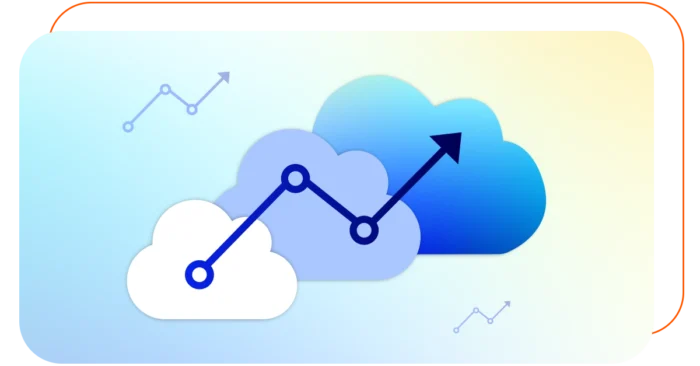
Hyperscaler Evolution
Data centers are essential to cloud computing because they house the physical servers and network hardware required for cloud services. If you think about it, traditional software distribution methods were plagued by complexities such as convoluted licensing agreements, protracted procurement cycles and interoperability challenges. These mechanisms are untenable when you think of the scale and simplicity in the world of the cloud and the subscription economy.
Nowadays, businesses across industries are migrating from traditional on-premises infrastructure to the cloud. Growing from traditional data centers, hyperscalers are built to provide massive amounts of computing power, storage and services in response to the cloud computing explosion. The global technology analyst firm, Canalys, predicts a large growth trajectory for global sales of third-party vendor software and services through cloud marketplaces, reaching $45 billion by 2025. According to the report, this represents an “84% compound annual growth rate over five years.”
To foster adoption and drive revenue growth, hyperscalers offer various incentives and benefits tailored to the needs of ISVs and customers. For instance, hyperscaler marketplaces like AWS offer co-selling incentives to encourage ISVs to participate.
This opens up the opportunity for partner programs that provide access to co-selling opportunities, marketing support, hyperscaler field compensation and quota retirement, and technical resources that can accelerate go-to-market strategies.
Revenue-sharing models incentivize ISVs to list their applications on the marketplace, while marketing and promotional activities increase visibility and attract new customers. Hyperscalers also assist ISVs in onboarding and optimizing their solutions, ensuring a seamless customer experience.
For customers, hyperscalers offer discounts, credits, and incentives to encourage transactions via marketplaces. These incentives encompass volume discounts, promotional pricing and credits toward future purchases while enhancing the value proposition for customers. Free trials and proofs of concept allow customers to evaluate ISV solutions before making purchasing decisions. At the same time, emphasis on integration and interoperability enables the creation of comprehensive solutions within the cloud environment – leveraging advanced technologies to drive economic growth.
Key Challenges in Managing Hyperscaler Marketplaces
While hyperscaler marketplaces offer numerous advantages, ISVs face significant challenges in navigating this complex landscape of multiple systems, integration hurdles, and the complexities of operations, cloud management and real-time analytics. Integrating solutions at scale can present technical, operational and compliance issues.
Managing multiple marketplace listings, ensuring compatibility, and adhering to diverse regulatory requirements can be daunting. Recognizing this, major cloud providers seized the opportunity to innovate software deployment, introduce marketplaces, and simplify the procurement process while enabling seamless access to software solutions on their platforms.
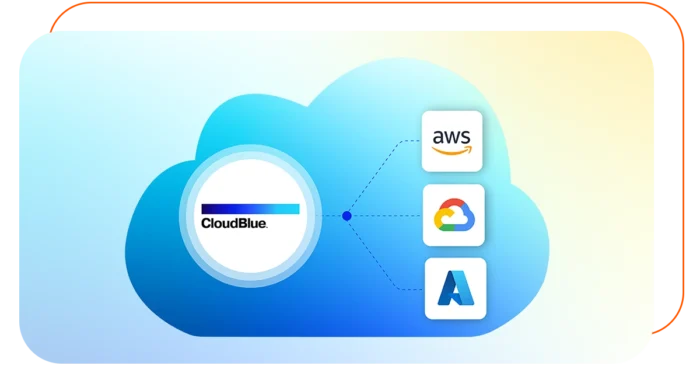
Advantages of Using a Unified Platform
In today’s Cloud and Subscription Economy, marketplaces succeed by streamlining the procurement process and providing seamless access to software solutions. Monetization platforms are essential allies for ISVs, providing comprehensive support to streamline the onboarding process and manage marketplace complexities. These platforms offer tools for cross-cloud distribution, pricing optimization, and compliance management, empowering ISVs to effectively engage with hyperscaler marketplaces.
What CloudBlue offers you is full-service. We provide a one-stop shop because our monetization, orchestration and SaaS platform facilitates and accelerates the digital transformation journey for companies around the globe.
Key features include:
- Seamless Platform Integration: Our platform delivers the benefits of integration to multiple hyperscalers and internal systems with an easy, intuitive user interface.
- CloudBlue’s Low-Code Platform: CloudBlue offers a low-code platform designed to overcome challenges in selling on hyperscaler marketplaces. It provides pre-configured tools and integrations for major platforms like AWS, Microsoft Azure, AppSource, and Google Cloud Marketplaces, enabling ISVs to manage their sales and fulfillment lifecycle from a single platform.
- Centralized Operations and Real-Time Automation: CloudBlue assists ISVs with onboarding and centralizes operations, allowing for easier management of branding, order parameters, and subscription deals. It automates updates across multiple marketplaces and ensures real-time validation of sales orders, complex billing, and usage calculations, facilitating unlimited scalability across the cloud supply chain.
- Optimized Offer Management: Tools and expertise enable better offer management, tailored offers, strategy, updates and monitoring, as well as automation.
- Co-selling and Partnerships: Building a digital ecosystem of partners on a cloud monetization platform is a simple way to publish on many marketplaces and scale faster. A unified platform will help you identify which marketplace has a customer base that is core to your market strategy, providing critical technological infrastructure and while relieving a business of the burden of operational overhead.
- Return in Investment (ROI) Analysis and Optimization: Track performance across multiple hyperscalers, adjusting strategies to enhance visibility, expand your customer base and drive revenue growth. Proof of ROI enhances financial efficiency, operational performance, strategic agility and overall competitiveness. This helps identify high-performing investments and areas that require additional resources.
- Revamp and Automate Product Delivery Processes: ISVs need to overhaul their product delivery systems and implement automated management solutions to maximize the business opportunities available in hyperscaler marketplaces.
- Centralized Operations and Real-Time Automation: CloudBlue automates updates across multiple marketplaces and ensures real-time validation of sales orders, complex billing and usage calculations, enabling unlimited scalability across the cloud supply chain. Our platform cuts through the complexities of onboarding and centralizes your operations, simplifying the management of branding, order parameters and subscription deals.
Future Trends in Hyperscaler Marketplaces
As the hyperscaler marketplace landscape evolves, several emerging trends are shaping its trajectory:
- Verticalization is gaining momentum as marketplaces strive to better address industry-specific needs. This involves curating specialized solutions tailored to vertical markets such as healthcare, finance, manufacturing, and more. By offering industry-specific products, hyperscaler marketplaces can effectively meet the unique requirements of customers in different sectors.
- Integration and interoperability are becoming increasingly important aspects of hyperscaler marketplaces as more and more customers look for tailored solutions that work seamlessly with other systems. Efforts are being made to enhance the integration capabilities within the marketplace that enable customers to build comprehensive, integrated ecosystems that incorporate multiple solutions, addressing their business needs more effectively.
- There is a growing focus on enhancing the developer experience within hyperscaler marketplaces. Recognizing the pivotal role developers play in driving innovation and ecosystem growth, marketplaces are investing in robust application programming interfaces (APIs), software development kits (SDKs), documentation, and developer support resources. By improving the developer experience, hyperscaler marketplaces aim to attract more developers to their platforms, fostering a vibrant ecosystem of innovative software solutions.
We are witnessing a dramatic shift in how cloud products and services are procured. By aligning incentives with stakeholders’ needs and priorities, hyperscalers nurture a dynamic ecosystem of software solutions within their marketplaces.
This strategy enhances customer success, encourages the adoption of marketplace offerings, and generates mutual value for ISVs, customers, and hyperscalers. As the cloud computing landscape evolves, hyperscalers play a crucial role in enabling and incentivizing marketplace transactions, shaping the future of software distribution and subscription-based models.







